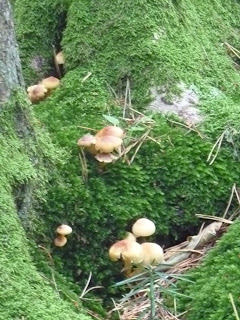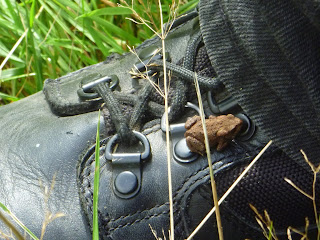Scotland, 1860. Reverend
Alexander Ferguson takes up his new parish on Harris in the Hebrides. His time there will change the course of his life and will echo into the future.
More than a century later, Ruth (whose late mother was from the island) and Michael buy the dilapidated old manse, where Ferguson had lived, and begin to
turn it into a home. They are shocked to discover the skeleton of a baby buried
beneath the house. But this was no ordinary child,
This is the basis of Secrets of the Sea House, a beautiful and haunting novel from Elisabeth Gifford. Ms Gifford obviously did a huge amount of research for this book, but that never weighs the novel down. The history and origin of the myths of the selkies (seal people) and mermaid are beautifully woven into the story.
The book is full of the atmosphere of the islands:
Out of nowhere, a cold wind got up. We were now out on the open water, every horizon nothing but sky. The boat began to skip and jump, smacking into the waves. The sea had turned fark grey, the darker shadows moving below us. I felt an odd kind of vertigo, dizzily aware of teh tall miles of insubstantial water beneath us, where a body could sink without a trace.
Against this background,.Ruth and Alexander in their separate times try to come to terms with their personal demons. Their stories are engrossing and moving.
Secrets of the Sea House by Elsabeth Gifford, published by Corvus.
I was delighted to win this book in a giveaway on The Little Reader Library blog.
***
Meanwhile I'm delighted to have a very short story featured on Pygmy Giant.
As ever, red text contains hyperlinks that tak you to other webpages where you can find out more.
***
Meanwhile I'm delighted to have a very short story featured on Pygmy Giant.
As ever, red text contains hyperlinks that tak you to other webpages where you can find out more.












































